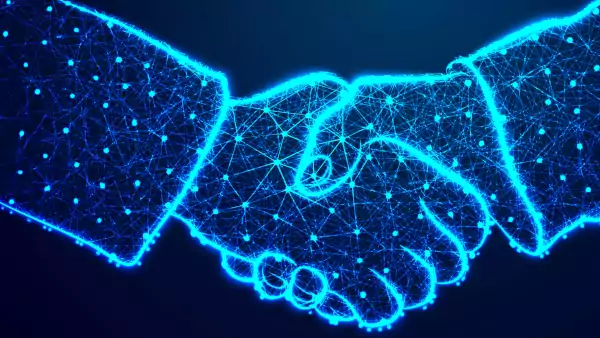The USB specifications allow running multiple devices off a single USB plug. USB C is no different and has a splitter available to make this happen.
More devices
A USB socket can connect to more than a single device at any one time—there is no need to unplug one device to attach another. You need a USB splitter to share the USB port.
USB-C
USB C is the latest version of the USB specifications, which started with the first iteration back in 1996. USB-C has a hardware interface (the USB-C plug and socket) that shows its incompatibility with earlier USB plugs and sockets.
USB 3.2
USB 3.2 is the doubled-data version of the previous USB 3.1 specification. This new specification also introduced the USB-C socket and plug, which have become so important today.
USB-C and USB 3.2
USB-C pairs perfectly with USB3.2 to create a compact universal USB plug/socket with a high-speed data transfer that could only have been imagined in 1996.
Expanding the USB-C
The USB-C splitter is called a HUB. It’s a device with a USB-C plug on a lead that runs to a row of USB-C sockets. All of these sockets are connected to the USB-C plug. This makes it a USB-C splitter, but the correct terminology is a USB HUB.
USB Hubs
USB hubs expand the number of available USB sockets on a device. In the early days of the USB specification, only one or possibly two USB sockets would be available. This lowered manufacturing costs and enabled the addition of more USB ports using a hub. USB-C is no exception to the hub problem; excellent-quality USB-C hubs are available here.
Headphones and Power
What if you need to charge the phone and listen to the USB-C headphones simultaneously? Do you need to buy a hub?
No, if you are only interested in using the power supply capabilities of USB-C, and that is usually to charge a phone, then a primary USB-C ‘Y splitter’ will be just what you need. These Y-splitters are less bulky than a hub, and if you don’t need the hub’s data transfer capabilities to multiple devices, a Y-splitter could work for you. Particularly, owners of the latest Samsung and Google Pixel phones can use one of these USB-C splitters.
Splitters Vs Hubs
A USB-C splitter will only do two things: Usually, it will power a phone while allowing an external device to connect, such as headphones.
A USB-C Hub will allow data connection to multiple devices, from 4 to many more; each device attached to the hub is treated as if it were connected to the host.







